Georgian Houses — A Detailed Guide to This Influential Architectural Design Style
Dating back to the 18th century, Georgian houses have gone on to influence modern day design. Here, experts dive into its defining features


Today, Georgian houses have become an architectural style synonymous with sophistication, fine taste, and the upper echelons of society. Many homes built in this style have survived, and gone on to inspire newer, more modern Georgian homes built all across the United States, and the wider world.
But what made this early 18th century architectural style so popular to the elite back then? And what does it mean to us now? To help gain a better understanding, we spoke to experts in architecture and design to discover everything you need to know about Georgian houses, and the influential era of intricate design. Here's what they shared.
What are Georgian Houses?
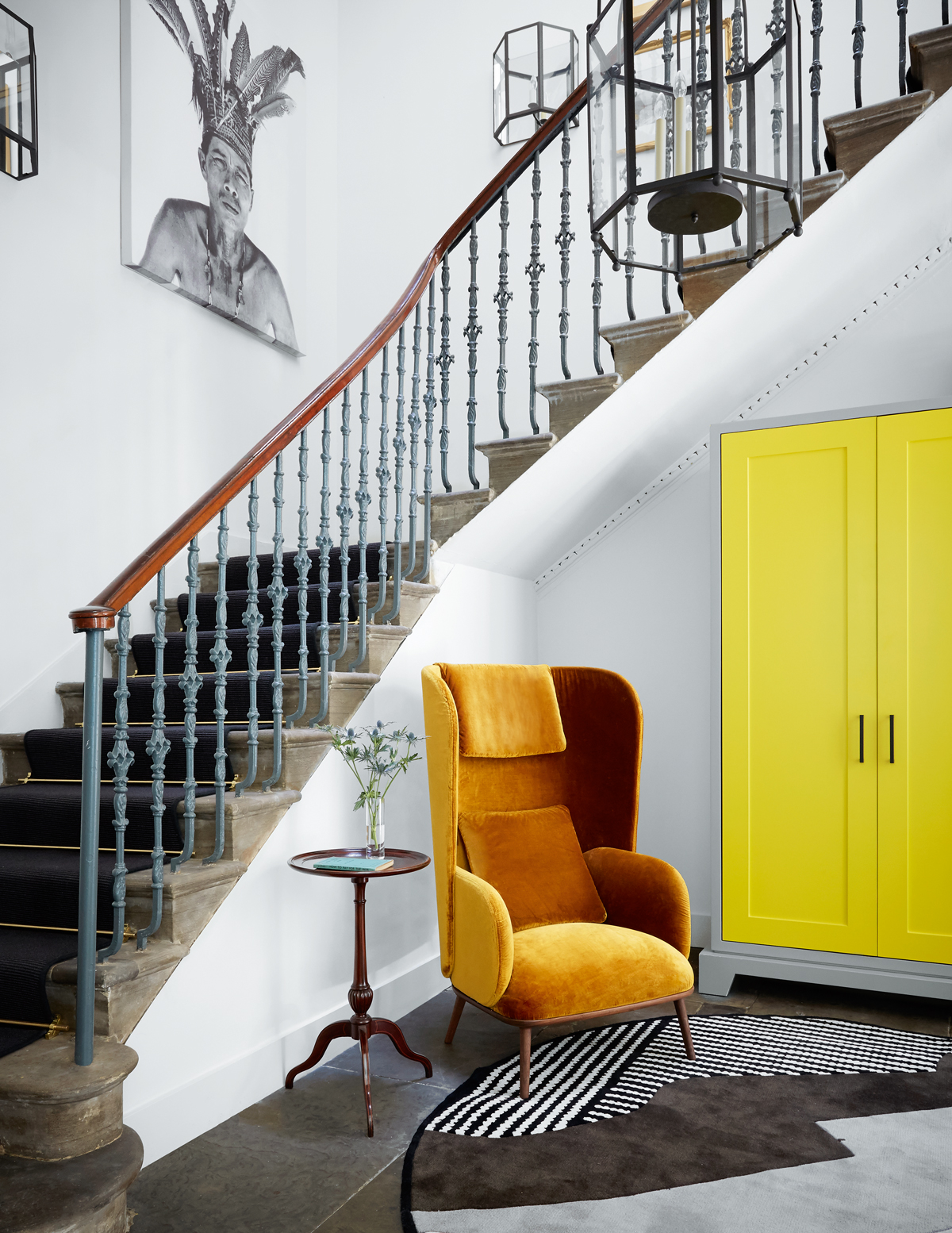
Georgian style houses came from an era of design that coincided with the reign of four English kings, from 1714 to 1830, each named George (I-IV). Hence, the architectural style has been coined to reflect the influence that the British court had on architecture and interiors, both across Europe and America.
It’s more an era than a style, as so many distinct ideas were born during this period that were fed into what we know today as Georgian design. It can be split into four distinct styles: Palladianism, Rococo, Neoclassicism, and Regency, with Palladianism at the forefront of American home design at the time.
Rococo prides itself on ornamentation and details. It was popularized by King Louis XV of France — the country most associated with Rococo design. Neoclassicism is a return to simpler and more Graeco-Roman-focussed classical design. Palladianism also holds back with ornamentation but maintains the core features of the classical style, which is why it was perfect for the large number of homes that needed to be built in the US. Although Regency technically came after the Georgian design period, it typically sits in this category because it is a mix of the other Georgian styles alongside Greek, Asian, and Egyptian influences.
What are the characteristics of Georgian Houses?
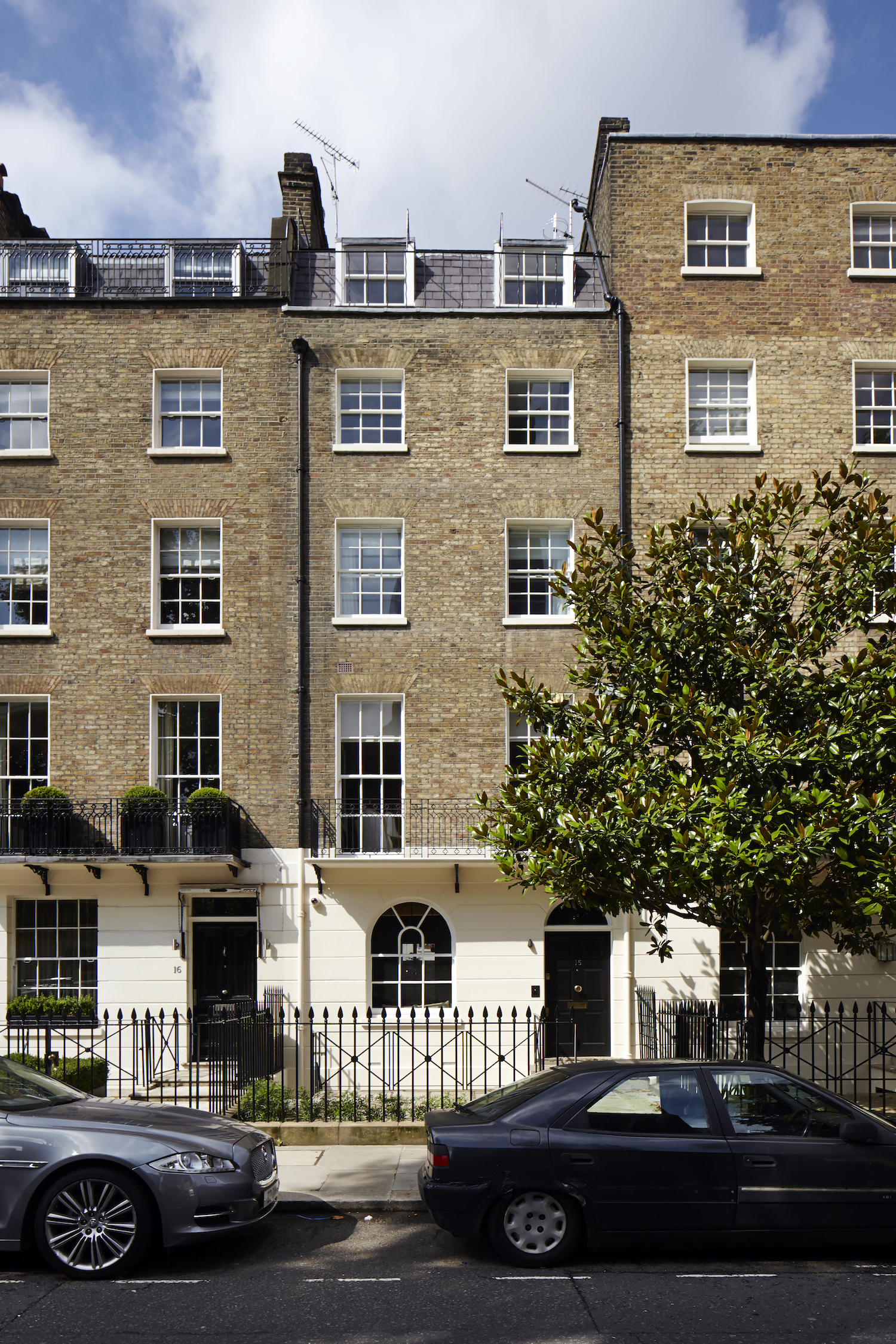
“The style came into its own during an era when symmetry, balance, and order were all the rage,” explains Chris Turner, architect and designer at Studio Nisho and Elevate by Design. “It’s heavily influenced by Roman and Greek architecture, which explains the clean lines and classical details.”
It also explains the more decorative elements of this architectural style, such as the Corinthian columns that characterize the U.S. Capitol. Features such as these have been used to evoke the same grandeur that was seen in Graeco-Roman society millennia past.
Be The First To Know
The Livingetc newsletters are your inside source for what’s shaping interiors now - and what’s next. Discover trend forecasts, smart style ideas, and curated shopping inspiration that brings design to life. Subscribe today and stay ahead of the curve.
“The first thing you’ll notice is the symmetry,” Chris continues. “Everything is balanced. Windows are evenly spaced, the front door is smack in the middle, and the overall shape is often a big, rectangular box. Decorative touches like pediments over the door or shutters on the windows give it a polished look. Inside, it’s all about formal layouts, with high ceilings, fireplaces, and intricate molding that add a sense of elegance."
What Is The Difference Between Victorian And Georgian Houses?
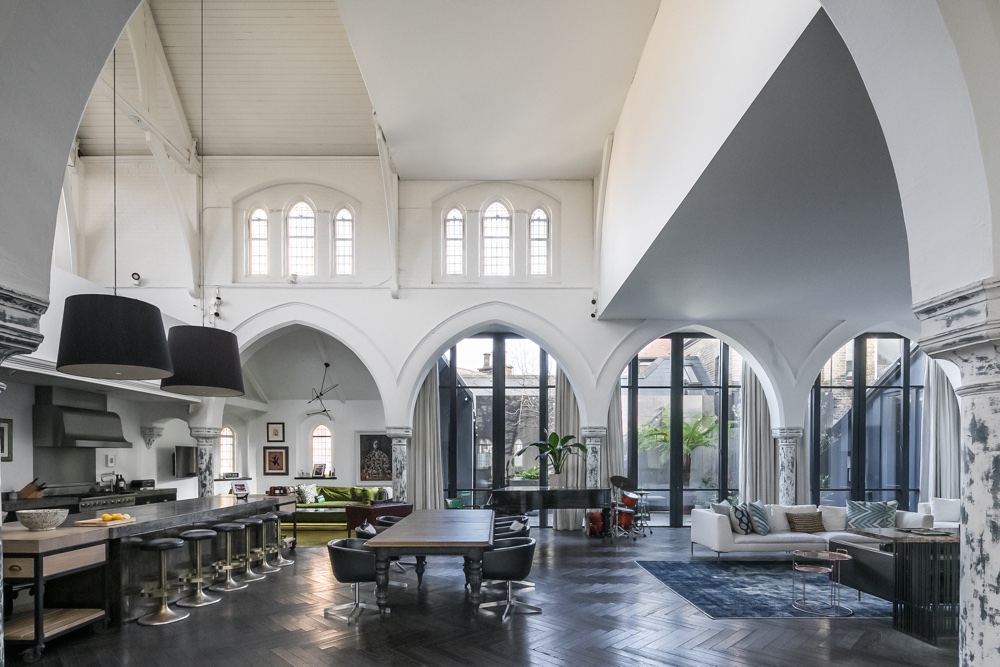
In Prof. Neil Jackson's opinion, the primary difference between these two styles is freedom of expression. Neil, who is Professor Emeritus of Architecture at the University of Liverpool, credits the Victorian era as a pivotal point in design for the United Kingdom. A key factor is faith: The UK, with stronger links between church and state, had a revival of Gothic architecture in churches, and residential design followed suit. Classical architecture, and Georgian houses more specifically, which adopted Palladianism (a set of design principles carried out on a mass scale from copybooks), had a set of rules that would characterize this expansive construction period in American history.
“In the 19th century, in the United Kingdom, we gave up on Palladianism, and that went out soon after the Napoleonic Wars around 1820, and in the 1830s there was the high church revival — the Anglican Church revival — in this country which turned people towards Gothic architecture,” Neil explains. “The influence of Anglican architecture went over to the United States as well, but not quite with the passion that it developed in the UK.”
In distinguishing the two styles, he says “Gothic isn't an architecture of rules and laws — it's an architecture of structure and form. In other words, it's an architecture whose appearance is based upon how it is built. Whereas classical architecture, Palladian architecture, is an architecture whose appearance is based upon a set of rules, and therefore one can easily build classical buildings from a book, as they did in America. Gothic buildings are much more intuitive. They had their basic forms, but they didn't follow design-based rules.”
How Are American style Georgian Houses different?
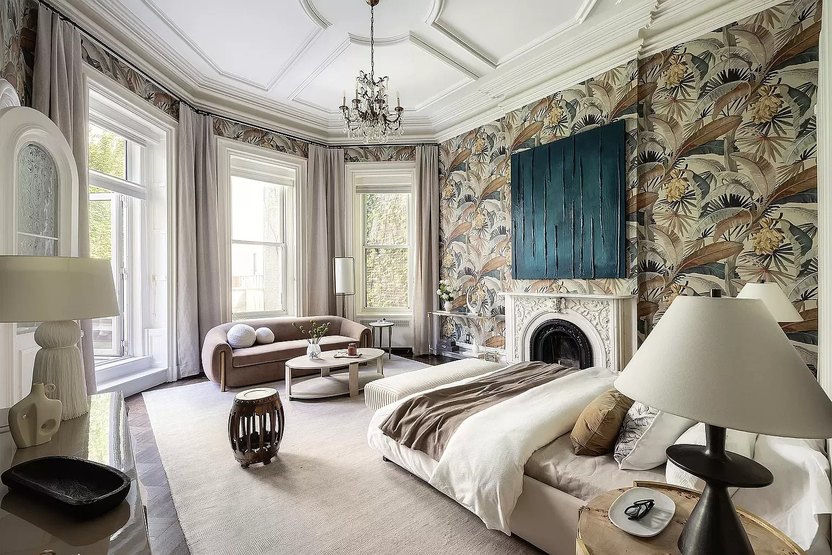
Neil mentions that the biggest deviation from the English style of Georgian houses is the materials used: “The antebellum (pre-war) mansions were almost exclusively in timber because timber was readily available, whereas stone was not. You had to open up a quarry or use brick. Timber was easier as there were virgin forest everywhere. All you had to do was chop down a few trees, make a clearing, and knock up a big Palladian-style house in timber, which of course, you would never do in England.”
“These mansions were built in the southern states, in Georgia and Alabama and Florida and places before the Civil War of the 1860s,” Neil adds. Comparing American neoclassical architects to their British counterparts, he says: “Robert Adam often would do it in brick and then stucco it around the outside. And that was a big difference between the two architectures. And I think it allowed the American architecture to become perhaps more expansive in the sense of the houses.”
What Are The Disadvantages Of A Georgian House?
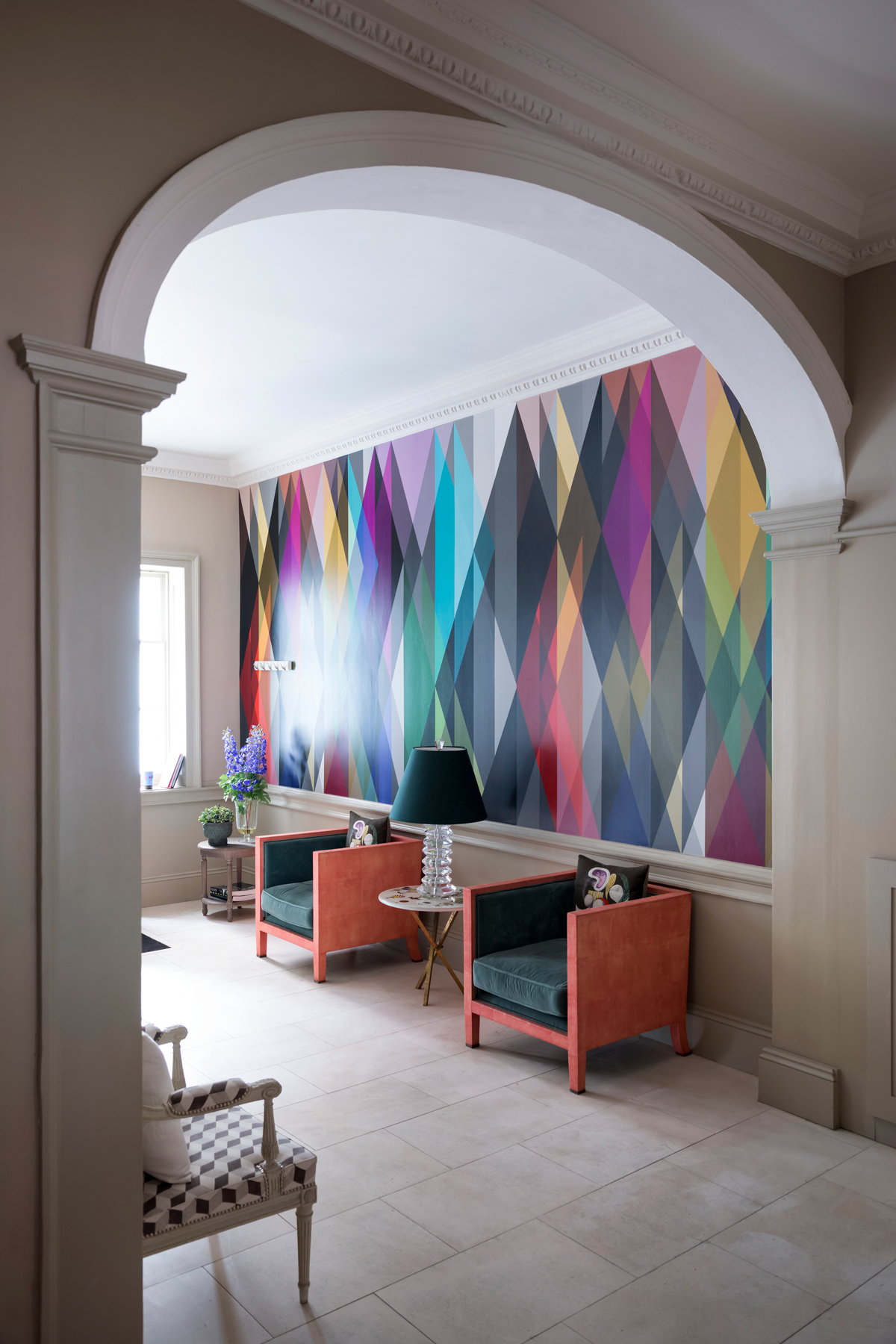
Although visually satisfying, “They can be a little stubborn when it comes to renovations,” Chris warns. “The rigid symmetry means it’s hard to make big layout changes without throwing off the balance.”
“Heating and cooling a large, older home like this can also be a challenge," he continues. "Those high ceilings and big windows might look great, but they’re not exactly energy-efficient.”
Georgian houses requiring renovation also often need costly updates to introduce types of heating that is adequate but won’t destroy the fragile, decorative features of the home — so that's worth keeping in mind.
What elements of Georgian style remains today, and what's been lost to history?
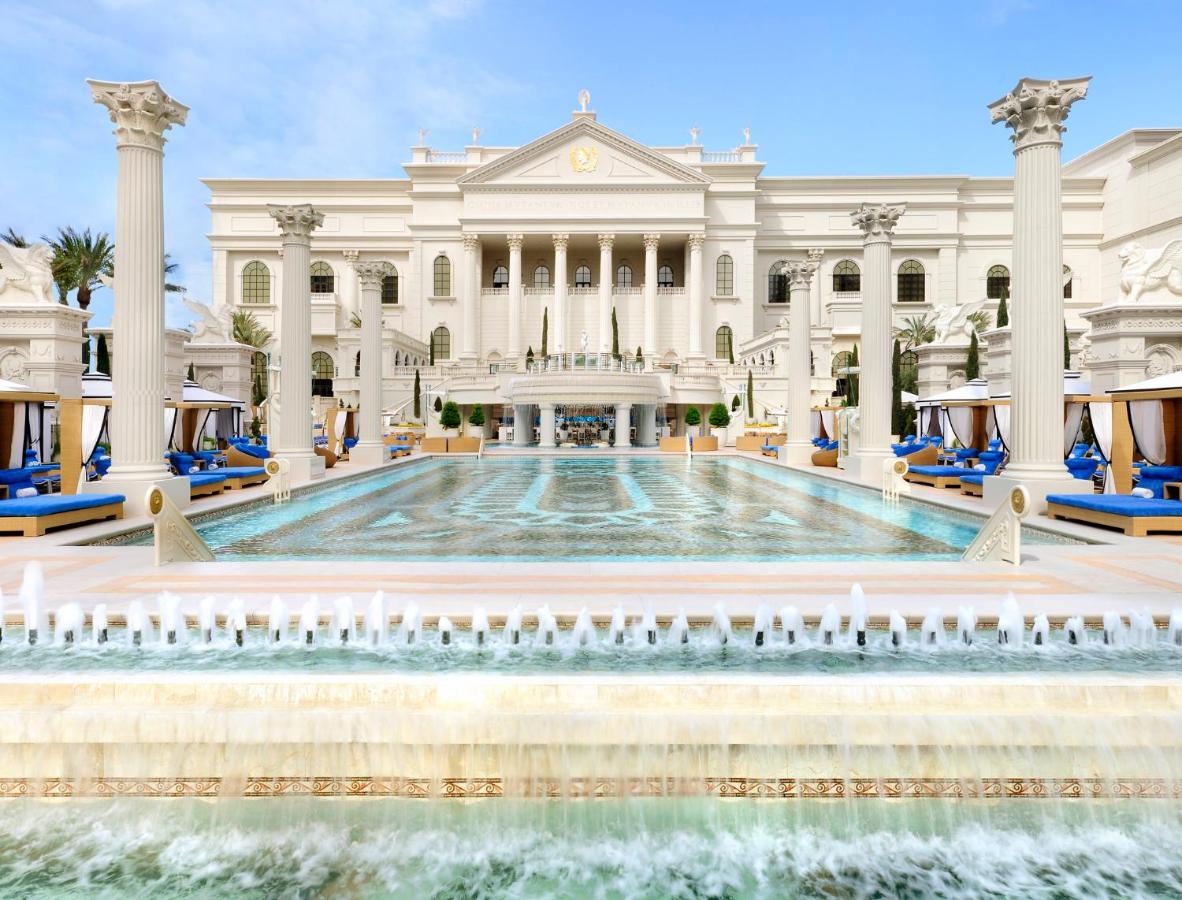
“Symmetry and proportion are the big ones,” Chris notes of what elements of Georgian architecture remains today. “That sense of balance is still a foundation for how we think about design today. Features like decorative moldings, grand front entrances, and fireplace ideas as focal points have all stuck around, even in modern homes. You can see their influence everywhere, from suburban neighborhoods to high-end architecture.”
Neil points out that elements of Georgian houses have lasted because the homes themselves are “long-lasting”: “Many people don't live in modern architecture. They continue living in an 18th or 19th-century environment with furniture that their grandparents had, or wallpapers that are based upon William Morris' designs in the 19th-century or 18th-century, so they haven't made the jump to modern designs. You know, the effect of the Bauhaus [school] and so much post-First World War architecture passes a great deal of people by.”
Some new homes being built across the US are adopting the same symmetry and portico style, but most are leaving the intense level of detail and craftsmanship of previous centuries for standardized designs. “The development of machines in the 19th century sidelined craftsmanship” and “creative energy”, Neil says. “You could have machines cutting all sorts of decorative patterns in woodwork or stone. You could cast patterns — things like leaves or birds — in cast iron. It's just a reproduction of a skilled form from 100 or 200 years ago. You can go into these developers’ houses and very often, there'll be a sort of Robert Adam-esque plaster design.”
How to decorate Georgian houses
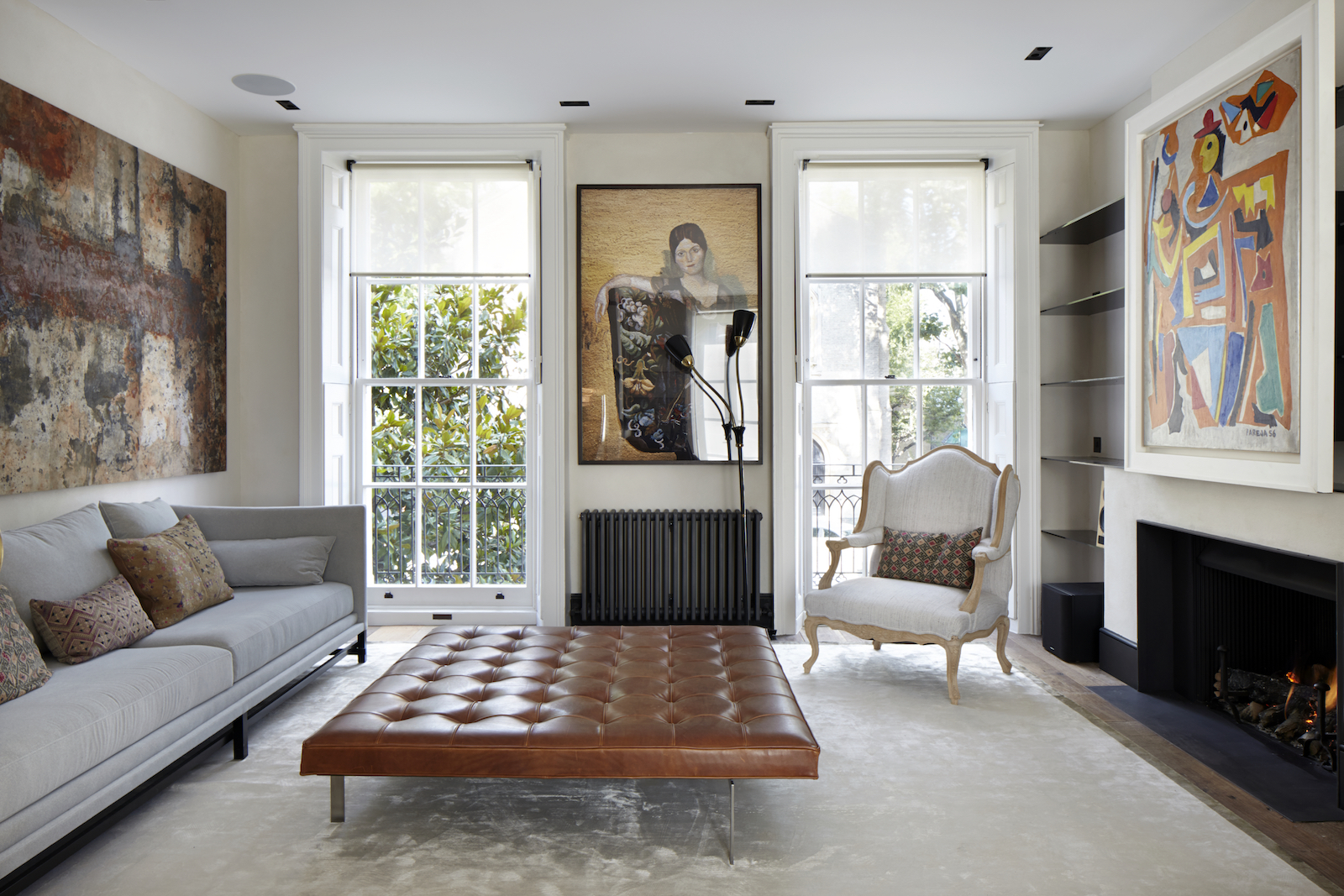
“I’d work with its classic features instead of fighting against them,” says Chris. “Highlight the beautiful moldings and fireplaces, but bring in some contemporary pieces to keep the space from feeling too formal.”
It's also a good idea to make use of artificial lights (up-lights, downlights, or lamps) to draw attention to unique architectural details. Paint colors are key to showcasing the details too: “I also love muted, timeless colors like soft blues or creamy whites," says Chris. "They play nicely with the architecture but still feel fresh.”
Chris also suggests leaning more into eclectic design if you’re trying to stray away from the perfection pressure of Georgian houses, but keep a few elements: “You could mix traditional furniture with modern lighting or add a few bold pieces of art for contrast.”

Cheyenne is a homes writer and journalist living in South London. She contributes to Livingetc and has previously written for British Vogue and FT Weekend. Outside of her work covering home design and trends, she loves designing and renovating spaces for family and friends and never shies away from an estate sale or auction.
-
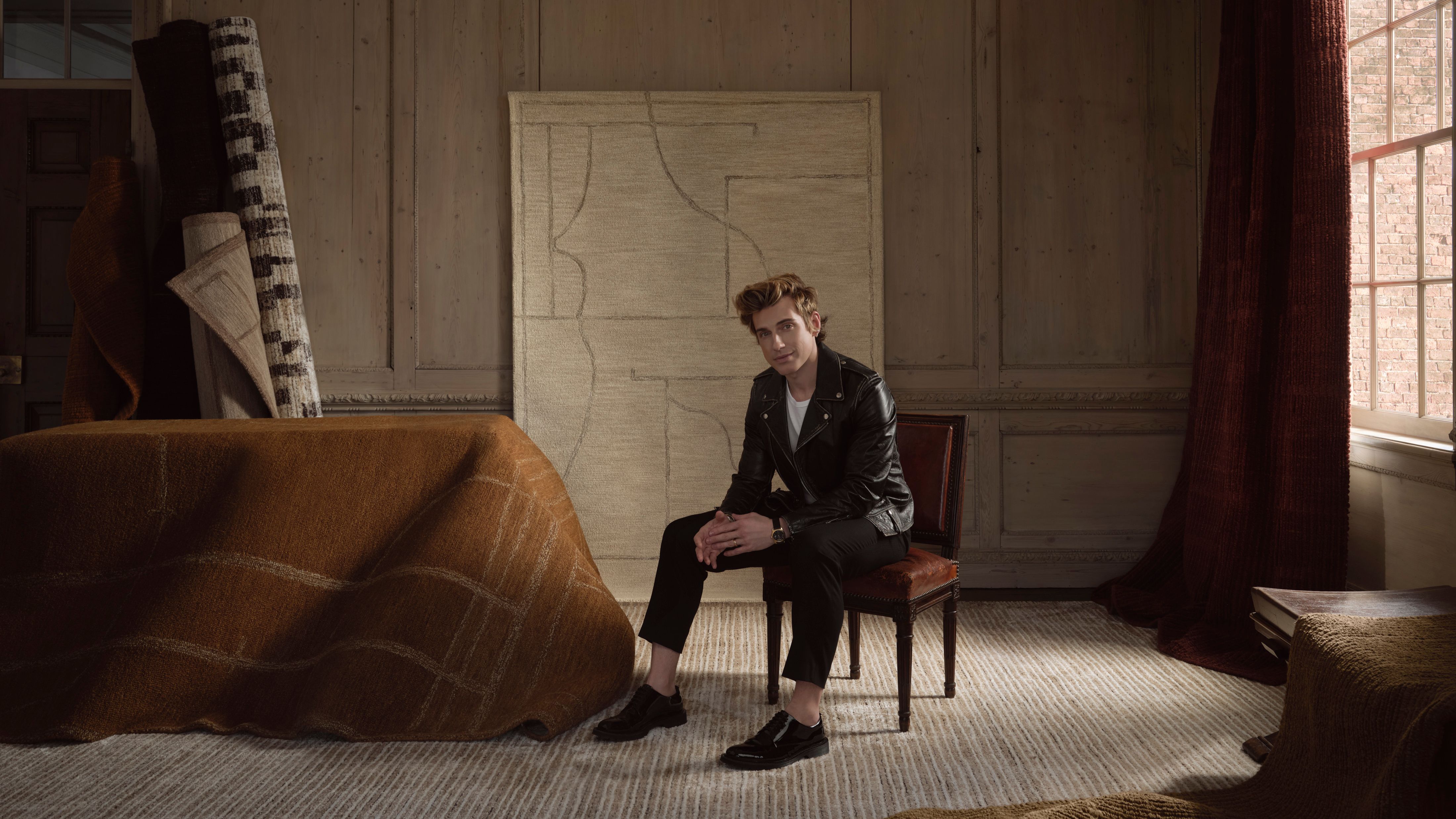 Jeremiah Brent Captures the Grit and Glamour of NYC in His New Loloi Collaboration
Jeremiah Brent Captures the Grit and Glamour of NYC in His New Loloi CollaborationThe TV-famous interior designer looked out of his own window — and hit the pavement — for a collection that turns city spirit into tactile design
By Julia Demer
-
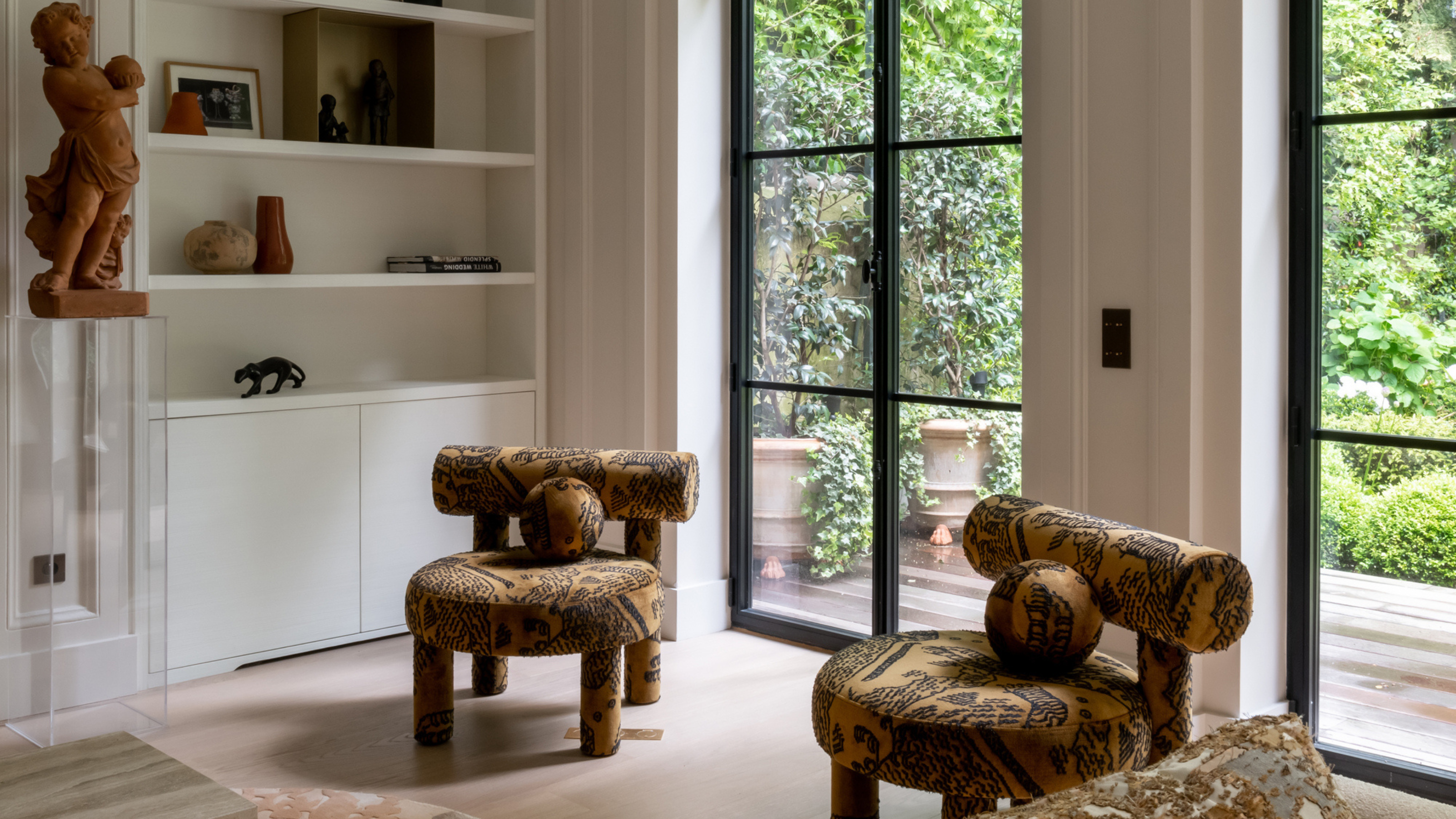 This Specific Fabric Print Is Literally Everywhere Right Now — Here's Why
This Specific Fabric Print Is Literally Everywhere Right Now — Here's WhyIt's whimsical, artistic, and full of character. We've called it already: Dedar's 'Tiger Mountain' is the fabric that will define 2025
By Devin Toolen